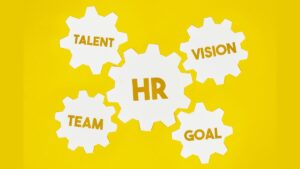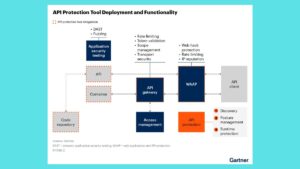HR and the State of Employee Financial Wellness in 2025

Employee financial wellness is emerging as a cornerstone of organizational success. As we step into 2025, HR leaders are increasingly recognizing the profound impact financial well-being has on productivity, retention, and overall employee satisfaction. With inflation, rising costs of living, and economic uncertainties affecting workers globally, addressing financial wellness is no longer optional—it’s a strategic imperative.
This blog explores the current state of employee financial wellness in 2025, the challenges employees face, and actionable steps HR can take to foster a financially secure workforce.
Why Employee Financial Wellness Matters
Financial stress is one of the leading causes of reduced productivity and employee turnover. Studies show that workers facing financial challenges are more likely to experience:
- Decreased Focus: Worrying about personal finances during work hours impacts concentration.
- Increased Absenteeism: Stress-related illnesses and burnout often stem from financial insecurity.
- Higher Turnover Rates: Employees leave jobs in search of better pay or benefits.
In 2025, organizations that prioritize financial wellness see significant benefits, including:
- Enhanced employee engagement.
- Improved talent retention.
- Stronger employer-employee trust.
Key Trends in Employee Financial Wellness for 2025
1. Personalized Financial Education
HR departments are leveraging technology to provide tailored financial education programs:
- AI-Driven Insights: Platforms analyze employee demographics and behaviors to recommend relevant resources, such as debt management or retirement planning tools.
- On-Demand Learning: Mobile apps and online courses allow employees to learn at their own pace.
- Live Webinars and Workshops: Interactive sessions with financial experts address specific concerns like investment strategies or tax planning.
2. Holistic Benefits Packages
Traditional benefits like retirement savings plans are now complemented by innovative offerings, including:
- Student Loan Repayment Assistance: Employers help workers pay down education debt faster.
- Emergency Savings Accounts: Programs that allow employees to build rainy-day funds through payroll deductions.
- Financial Counseling: Access to certified advisors who guide employees in budgeting, investing, and planning.
3. Pay Flexibility
The rise of on-demand pay and flexible compensation structures reflects the growing demand for financial flexibility:
- Earned Wage Access: Employees can access earned wages before payday to manage urgent expenses.
- Customizable Pay Structures: Options to allocate income toward savings, debt repayment, or other goals.
4. Integration of Financial Wellness Tools
HR platforms are incorporating financial wellness tools into broader employee experience ecosystems:
- Budgeting Apps: Help employees track spending and identify savings opportunities.
- Retirement Calculators: Allow employees to model future scenarios and plan accordingly.
- Debt Reduction Tools: Show strategies for paying off loans efficiently.
5. Mental Health and Financial Stress Interventions
Financial stress is closely tied to mental health. HR leaders are addressing this connection through:
- Mental Health Benefits: Expanded access to therapy and stress management resources.
- Mindfulness Training: Programs that help employees cope with financial anxiety.
- Support Groups: Facilitating peer networks for shared learning and encouragement.
Challenges in Promoting Financial Wellness
While progress is being made, organizations still face hurdles in implementing effective financial wellness programs:
- Low Awareness: Many employees are unaware of the financial wellness resources available to them.
- Stigma Around Financial Stress: Workers may hesitate to seek help due to embarrassment or fear of judgment.
- Diverse Needs: A multigenerational workforce requires varied solutions, from student loan support for younger employees to retirement advice for older workers.
- Cost Constraints: Smaller businesses may struggle to invest in comprehensive wellness initiatives.
How HR Can Enhance Financial Wellness
1. Conduct Financial Wellness Assessments
Regularly survey employees to understand their financial challenges and tailor programs accordingly.
2. Communicate Effectively
Promote available resources through multiple channels, such as emails, webinars, and manager briefings, ensuring employees are aware of the support at their disposal.
3. Partner with Experts
Collaborate with financial institutions and wellness providers to offer high-quality tools and guidance.
4. Make Resources Accessible
Ensure programs are easy to use and available on-demand through mobile-friendly platforms.
5. Measure Impact
Track the outcomes of financial wellness initiatives using metrics like employee engagement, productivity, and turnover rates to refine strategies.
The Future of Financial Wellness in the Workplace
By 2025, employee financial wellness will be a core component of HR strategies, reflecting a broader shift toward holistic well-being in the workplace. Organizations that invest in this area will not only improve individual lives but also strengthen their overall competitiveness.
Are you ready to prioritize financial wellness in your workplace? Contact us to learn how to implement impactful programs that support your workforce.







